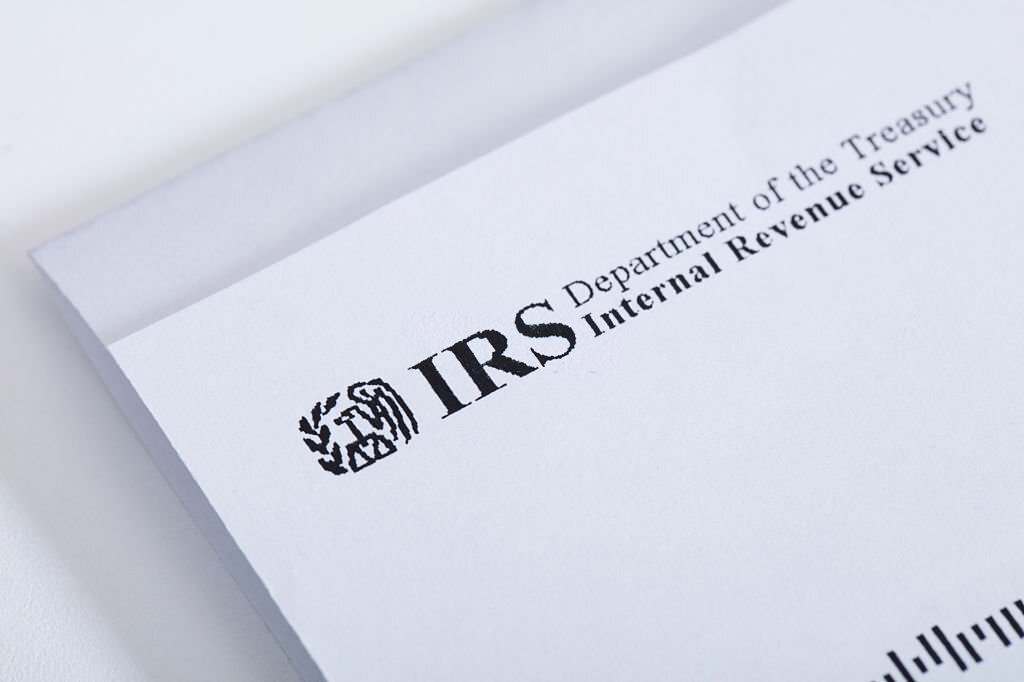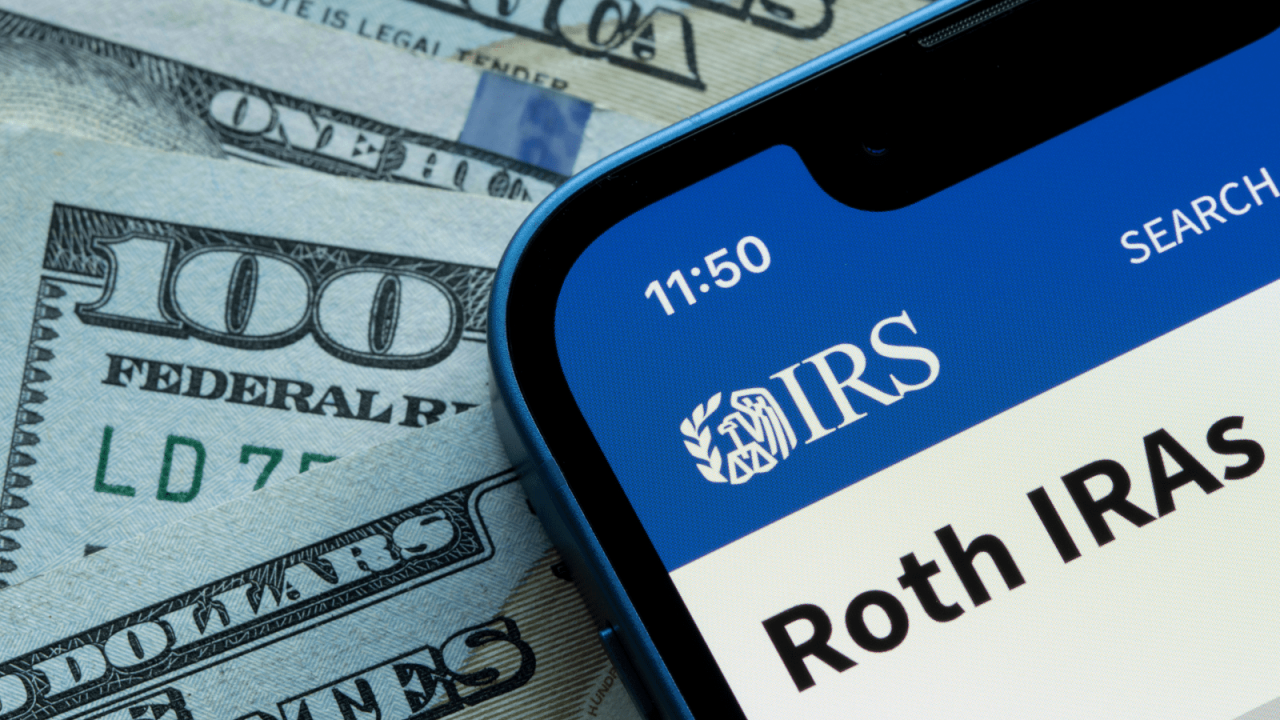Agency focus will shift attention to wealthy from working-class taxpayers; key changes coming to reduce burden on average taxpayers while using Artificial Intelligence and improved technology to identify sophisticated schemes to avoid taxes
WASHINGTON — Capitalizing on Inflation Reduction Act funding and following a top-to-bottom review of enforcement efforts, the Internal Revenue Service announced today the start of a sweeping, historic effort to restore fairness in tax compliance by shifting more attention onto high-income earners, partnerships, large corporations and promoters abusing the nation’s tax laws.
The effort, building off work following last August’s IRA funding, will center on adding more attention on wealthy, partnerships and other high earners that have seen sharp drops in audit rates for these taxpayer segments during the past decade. The changes will be driven with the help of improved technology as well as Artificial Intelligence that will help IRS compliance teams better detect tax cheating, identify emerging compliance threats and improve case selection tools to avoid burdening taxpayers with needless “no-change” audits.
As part of the effort, the IRS will also ensure audit rates do not increase for those earning less than $400,000 a year as well as adding new fairness safeguards for those claiming the Earned Income Tax Credit. The EITC was designed to help workers with modest incomes. Audit rates of those receiving the EITC remain at high levels in recent years while rates dropped precipitously for those with higher income, partnerships and others with more complex tax situations. The IRS will also be working to ensure unscrupulous tax preparers do not exploit people claiming these important tax credits.
“This new compliance push makes good on the promise of the Inflation Reduction Act to ensure the IRS holds our wealthiest filers accountable to pay the full amount of what they owe,” said IRS Commissioner Danny Werfel. “The years of underfunding that predated the Inflation Reduction Act led to the lowest audit rate of wealthy filers in our history. I am committed to reversing this trend, making sure that new funding will mean more effective compliance efforts on the wealthy, while middle- and low-income filers will continue to see no change in historically low pre-IRA audit rates for years to come.”
“The nation relies on the IRS to collect funding for every critical government mission — from keeping our skies safe, our food safe and our homeland safe. It’s critical that the agency addresses fundamental gaps in tax compliance that have grown during the last decade,” Werfel added. “There is a sea change taking place at the IRS in every aspect of our operations. Anchored by a deep respect for taxpayer rights, the IRS is deploying new resources towards cutting-edge technology to improve our visibility on where the wealthy shield their income and focus staff attention on the areas of greatest abuse. We will increase our compliance efforts on those posing the greatest risk to our nation’s tax system, whether it’s the wealthy looking to dodge paying their fair share or promoters aggressively peddling abusive schemes. These steps are critical for the future of the nation’s tax system.”
For the broader compliance work going on across the IRS, this will be an expansive effort with more details to be announced in the weeks and months ahead. Key elements of this new effort include:
Major expansion in high-income/high wealth and partnership compliance work
Prioritization of high-income cases. In the High Wealth, High Balance Due Taxpayer Field Initiative, the IRS will intensify work on taxpayers with total positive income above $1 million that have more than $250,000 in recognized tax debt. Building off earlier successes that collected $38 million from more than 175 high-income earners, the IRS will have dozens of Revenue Officers focusing on these high-end collection cases in FY 2024. The IRS is working to expand this effort, contacting about 1,600 taxpayers in this category that owe hundreds of millions of dollars in taxes.
Expansion of pilot focused on largest partnerships leveraging Artificial Intelligence (AI). The complex structures and tax issues present in large partnerships require a focused approach to best identify the highest risk issues and apply resources accordingly. In 2021, the IRS launched the first stage of its Large Partnership Compliance (LPC) program with examinations of some of the largest and most complex partnership returns in the filing population. The IRS is now expanding the LPC program to additional large partnerships. With the help of AI, the selection of these returns is the result of groundbreaking collaboration among experts in data science and tax enforcement, who have been working side-by-side to apply cutting-edge machine learning technology to identify potential compliance risk in the areas of partnership tax, general income tax and accounting, and international tax in a taxpayer segment that historically has been subject to limited examination coverage. By the end of the month, the IRS will open examinations of 75 of the largest partnerships in the U.S. that represent a cross section of industries including hedge funds, real estate investment partnerships, publicly traded partnerships, large law firms and other industries. On average, these partnerships each have more than $10 billion in assets.
Greater focus on partnership issues through compliance letters. The IRS has identified ongoing discrepancies on balance sheets involving partnerships with over $10 million in assets, which is an indicator of potential non-compliance. Taxpayers filing partnership returns are showing discrepancies in the millions of dollars between end-of-year balances compared to the beginning balances the following year. The number of such discrepancies has been increasing over the years. Many of these taxpayers are not attaching required statements explaining the difference. This effort will focus on high-risk large partnerships to quickly address the balance sheet discrepancy. Prior to the IRA, the IRS did not have the resources needed to follow up and engage with all the large partnerships with such discrepancies. However, the IRS will soon have the resources and plan in place to ramp up this effort. It will begin in early October when the IRS will start mailing around 500 partnerships. Depending on the response, the IRS will add these to the audit stream for additional work.
Priority areas for targeted compliance work in FY 2024
The IRS has launched numerous compliance efforts to address serious issues being seen. Some of these, like abusive micro-captive insurance arrangements and syndicated conservation easement abuses, have received extensive public attention. But much more work continues behind the scenes on other issues.
Among some of the additional priority areas the IRS will be focused on that will touch the wealthy evaders include:
Expanded work on digital assets. The IRS continues to expand efforts involving digital assets, including work through the John Doe summons effort and last month’s release of proposed regulations of broker reporting. The IRS Virtual Currency Compliance Campaign will continue in the months ahead after an initial review showed the potential for a 75% non-compliance rate among taxpayers identified through record production from digital currency exchanges. The IRS projects more digital asset cases will be developed for further compliance work early in Fiscal Year 2024.
More scrutiny on FBAR violations. High-income taxpayers from all segments continue to utilize Foreign Bank accounts to avoid disclosure and related taxes. A U.S. person with a financial interest over a foreign financial account is required to file a Report of Foreign Bank and Financial Accounts (FBAR) if the aggregate value of all foreign financial accounts is more than $10,000 at any time. IRS analysis of multi-year filing patterns has identified hundreds of possible FBAR non-filers with account balances that average over $1.4 million. The IRS plans to audit the most egregious potential non-filer FBAR cases in Fiscal Year 2024.
Labor brokers. The IRS has seen instances where construction contractors are making Form 1099-MISC/1099-NEC payments to an apparent subcontractor, but the subcontractor is a “shell” company that has no legitimate business relationship with the contractor. Monies paid to shell companies are exchanged at Money Service Businesses or flowed through accounts in the name of the shell company and returned to the original contractor. The IRS will be expanding attention in this area with both civil audits and criminal investigations. The scheme has already been seen in Texas and Florida. Work in this area is critical to improve compliance, and it will also help level the playing field for contractors playing by the rules as well as ensuring proper employment tax withholding for vulnerable workers.
Helping working taxpayers through improving compliance selections; protecting taxpayers and businesses from aggressive scams and schemes
In addition to expanding compliance attention on high-income, partnerships and others, the IRS will be focused on ensuring audit fairness and protecting all taxpayers from a variety of scams and schemes. While IRS compliance work will be increasing on the wealthy, scammers and fraudsters frequently target average taxpayers with more modest incomes, so the IRS will be focused on raising consumer awareness on these issues.
“The IRS is on the side of taxpayers, and we will be working to protect hard-working people from scammers or fraudsters who try to use the tax system for their schemes, whether it’s promising people inflated EITC amounts or tricking people into tax-related identity theft,” Werfel said. “Protecting hard-working taxpayers is a critical component to ensuring the success of the nation’s tax system, and the IRS will be working throughout the fall and into the 2024 filing season to take steps to help people.”
Improved equity in audits. The IRS continues to focus on making improvements in audits involving Earned Income Tax Credits and will be implementing changes for the next filing season. More details will be available on this later in the fall.
Emerging scam issues. The IRS will continue its aggressive work warning consumers about emerging scams and schemes. Building off efforts like the Dirty Dozen, the IRS plans to warn taxpayers about quickly emerging scams. As the IRS has seen through the years, scammers frequently adjust or change their tactics to tag onto recent tax law changes or other events that can confuse taxpayers into trying to claim refunds worth thousands of dollars. This effort can touch on issues like sick leave and family leave as well as false fuel tax credit claims.
Protection against identity theft. The IRS will continue the ground-breaking efforts of the Security Summit initiative, a joint effort between the federal government, state tax agencies and the nation’s software and tax professional communities. Since 2015, the private-public sector coalition has worked together to build internal defenses and share information to protect against identity thieves trying to steal tax refunds. A key part of the Security Summit initiative has been focused on raising taxpayer and tax professional awareness on how to protect themselves and their tax data from identity theft. This ground-breaking effort will continue this fall with National Tax Security Awareness Week.
Source: IRS-2023-166, Sept. 8, 2023









